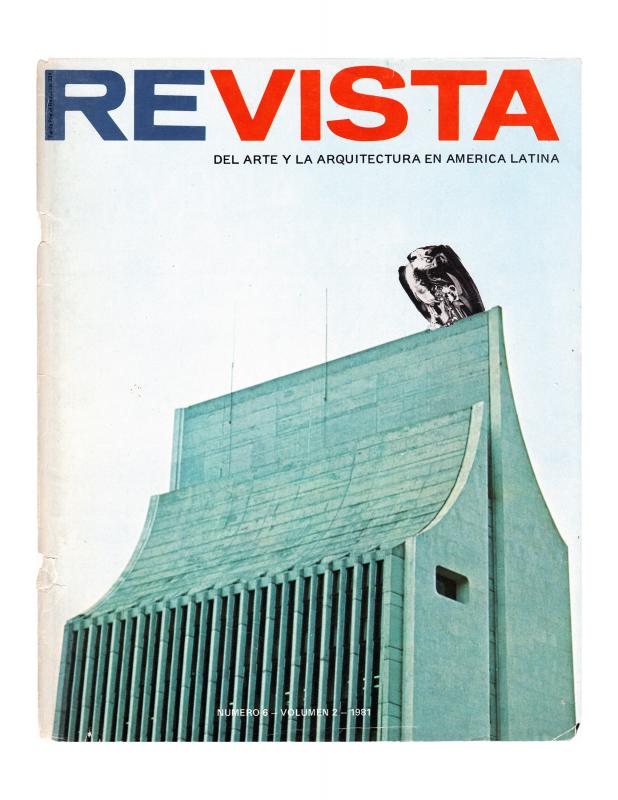This article forms part of the debates on the pertinence, usefulness, and benefits that art biennials held in Latin America bring to the region’s art scene. It was published in the Revista del Arte y la Arquitectura de América Latina, which formulated a debate that revolved around the IV edition of the Bienal de Arte de Coltejer in Medellín (1968, 1970, 1972, and 1981), an event still underway at the time, and the Primer Coloquio Latinoamericano de Arte No-Objetual [First Colloquium on Non-Objectual Art], an event coordinated by the magazine’s director Alberto Sierra and by some members of the board of the Museo de Arte de Moderno of Medellín.
The critics who participated in the colloquium included Juan Acha (1916–1995); art historian and critic Rita Eder, and historian and curator Alfonso Castrillón (both of whom are Mexican); Chile-based French critic and essayist Nelly Richard; Brazilian Aracy Amaral; and Colombian Eduardo Serrano. Only the last two participated in the biennial. Amaral openly opposed the decision to bring an end to the Bienal Latinoamericana de São Paulo, a decision that, in her view, attested to critics’ lack of confidence in the intrinsic value of Latin American art and to the cultural dependency of Latin America on hegemonic centers of power and legitimacy. It is not a coincidence that the Primer Coloquio Latinoamericano de Arte No-Objetual in Medellín took place immediately after this decisive event in São Paulo. Furthermore, the event gave rise to a set of misunderstandings and controversies because the organizers of the 1981 edition of the Bienal de Coltejer in Medellín saw the parallel event as a provocation and challenge to their administration.
This article is related to “Críticos de América Latina votan contra una Bienal de Arte Latinoamericano” [see doc. no. 1079493].

